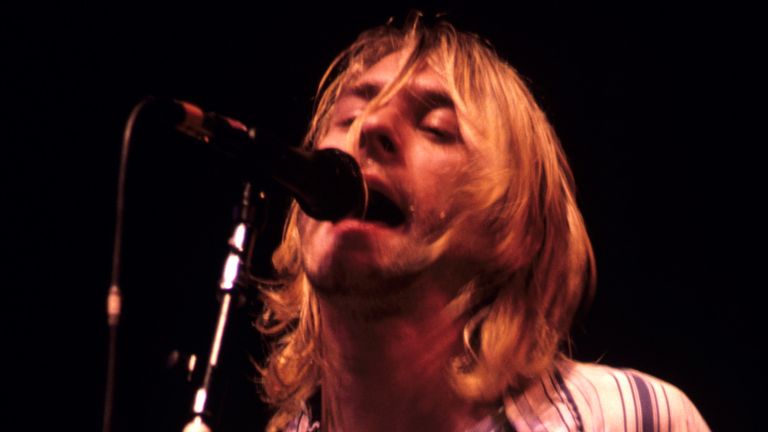

Far from being a top-down process, the cultural-political construct that emerged in this period ‘was shaped, resisted, and ultimately negotiated by a multitude of actors and interests, and lo mexicano came to serve counterhegemonic impulses as well as regime projects’ (Joseph et al. Culture, particularly those forms and practices designated as popular –folk artisanship and music, and mass media forms, such as the radio and cinema – participated in the transformation of Mexico from ‘a regionally, culturally fragmented country into a modern nation-state with an inclusive and compelling national identity’ (López 2010: 2). Commentators have analysed how, in the aftermath of the profound upheavals of a war in which peasants, workers and the middle classes made, albeit uneasy, common cause, they came to unite under the rubric of shared symbols, icons and discourses experienced as national (Vaughan and Lewis 2006). 1, 2 emphasis added) The formation of national sentiments has become a key theme in the burgeoning critical literature devoted to the politics of popular culture in the post-revolutionary period. these sentiments came after the Revolution and were its offspring rather than its parents. Further research could focus on Black culture and the impact of hip hop and rap, also prominent during the time of Nirvana and equally culturally meaningful.Īt the beginning of his seminal social history of the Revolution, Alan Knight describes Mexico on the eve of the outbreak of the civil war: Mexico of 1910 was, borrowing Lesley Simpson's phrase, ‘many Mexicos’, less a nation than a geographical expression, a mosaic of regions and communities, introverted and jealous, ethnically and physically fragmented, and lacking common national sentiments. This research is limited to mostly white culture. The following research questions will be explored: Was Kurt Cobain the spokesman for the generation? Was he speaking to the American Youth? Did the American Youth related to the lyrics and music of Nirvana? How did Kurt Cobain and Nirvana’s explosion change music forever? How did Nirvana create a new genre of music? Why did grunge music become a movement, lifestyle, and culture? What was the status of American youth at the time before Nirvana was introduced? What was the political and social situation like in America before Nirvana was introduced? How did Nirvana spread from local listeners in Seattle to national airplay and international success? Generation Xers were more concerned with individual problems, as opposed to societal problems and Kurt Cobain's lyrics were expressions of personal anxieties from his own situation, in which every young American identified with. Antithesis to pop music, it represented the alienated American Youth. The album's first single and music video, "Smells Like Teen Spirit," contained lyrics of alienation and despair, with a music video to match it. That changed when Nirvana released their second LP, Nevermind in September 1991. They became disillusioned with the dominant values of American Society and did not have any form of music to represent them. From AIDS, to government scandals, crime, and loss of trust in authority, unlike the Baby Boom generation, who protested systemic injustices, Generation X accepted the injustices ad developed a cynical attitude and focused on individual problems. Generation Xers were children of divorce, cynical, alienated, skepical, and living in a world of consequence. This generation, labeled "Generation X" in Douglas Couplands novel, began to have a different value system that those of previous generations with regard to everything from family life to the job market. Upon the introduction of MTV in the late 1980s, there was a generation that was feeling very isolated and misrepresented by popular culture.


 0 kommentar(er)
0 kommentar(er)
